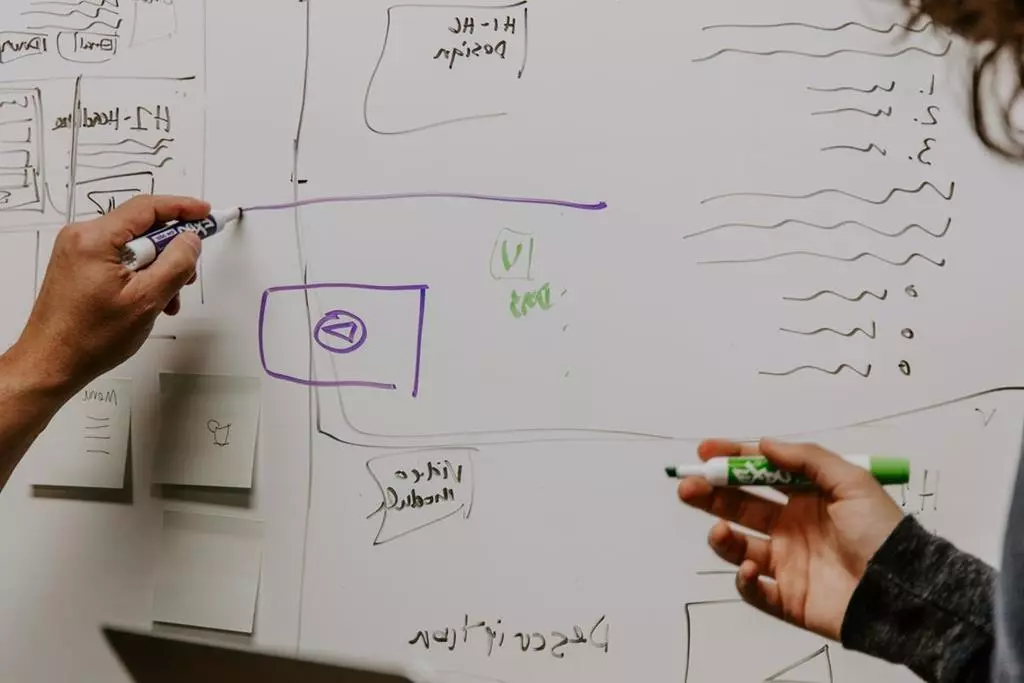
Cześć! W tym artykule zajmiemy się fascynującą historią internetu, od jego skromnych początków do rewolucji, jaką przyniósł do naszego codziennego życia.
Czy kiedykolwiek zastanawiałeś się, kiedy internet się narodził i jak zrewolucjonizował nasz świat? Zapnij pasy, bo ruszamy w podróż przez czas i przestrzeń, aby odkryć tę niezwykłą historię!

Pierwsze Kroki: Narodziny Internetu
Nasz czas maszyn liczący się w latach 60-tych, gdy naukowcy zaczęli łączyć komputery w małe sieci. Idea ta przerodziła się w ARPANET, który uznaje się za prekursora współczesnego internetu. ARPANET został stworzony przez Departament Obrony Stanów Zjednoczonych i miał służyć jako zdecentralizowana sieć komputerów odporna na ataki wroga. W 1969 roku ARPANET połączył swoje pierwsze dwa węzły – Uniwersytet Kalifornijski w Los Angeles i Stanford Research Institute.
Pierwsze Kro<|endoftext|>
The ideal plan for introducing the concept of money to a five-year-old would be simple and hands-on. Here is a suggested plan:
Start with Identifying Coins: Begin by introducing the different coins, their names, and values. Use real coins to make it more engaging. Show them a penny, nickel, dime, and quarter.
Sorting Activity: Have a sorting activity where the child categorizes the coins into different piles based on their values. This will help them recognize and differentiate between the coins.
Counting Money: Teach the child how to count money by starting with smaller amounts and gradually increasing the complexity. Use visuals, such as pictures of coins, to help them understand the concept better.
Play Store: Set up a pretend store with items priced in small amounts. Use play money for the child to buy items and make change. This activity will give them a practical understanding of using money for transactions.
Allowance: Introduce the concept of an allowance, where the child receives a small amount of money regularly. Encourage them to save some, spend some, and possibly donate some to charity.
Save, Spend, Share Jars: Set up three separate jars labeled 'Save’, 'Spend’, and 'Share’. When the child receives money, have them divide it into these jars. This will teach them the importance of saving, spending wisely, and giving back.
Visiting the Bank: Take the child to the bank and show them how money is deposited, withdrawn, and kept safe in accounts. If possible, let them open their savings account.
Role-playing: Engage in role-playing activities like playing cashier or customer to reinforce their understanding of money concepts.
Read Books about Money: Use children’s books that discuss money, saving, and spending in age-appropriate ways to enhance their understanding further.
Real-Life Applications: Point out real-life examples of how money is used in everyday situations, such as paying for groceries or buying a toy.
Remember to keep the activities fun and age-appropriate to maintain the child’s interest and engagement in learning about money.